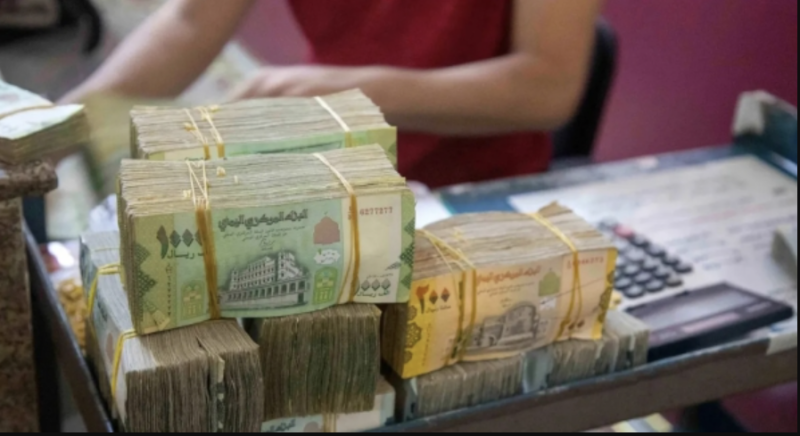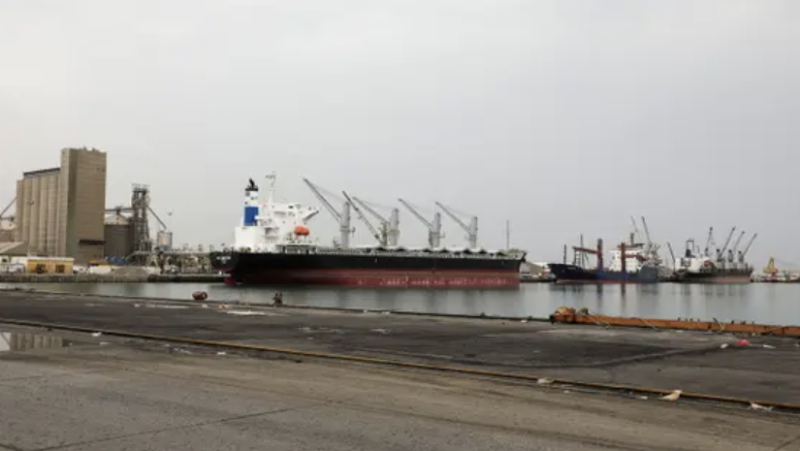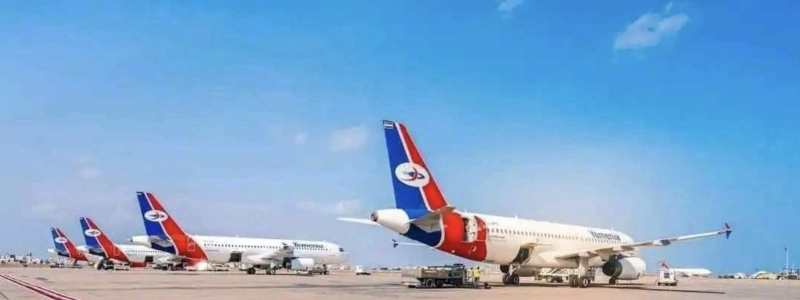Yemen: UNHCR Operational Update, 26 February 2021


KEY FIGURES
20.7 million people in need
Over 4 million internally displaced
Over 80 per cent have been displaced for more than a year
15,036 individuals (2,506 families) newly displaced in 2021
Children and women represent up to 79 per cent of the total IDP population
126,482 refugees
10,997 asylum-seekers
FUNDING
USD 271 M required for 2021 operations
IDP Response
During the reporting period, UNHCR and partners distributed emergency tents and core relief items to 1,400 individuals fleeing hostilities in Marib Governorate. Ongoing clashes in Marib have forced over 1,150 families (6,900 individuals) to flee their homes during the last week to Sirwah district, with an estimated 70 per cent of the newly displaced being women and children. Most of the displaced families fled to Al-Rawdah Sirwah IDP hosting site, many of them displaced for a second time. IDP sites in Sirwah are faced with limited access to water, electricity, health, and education services, with most newly displaced families in need of shelter, core relief items, water, and food.
According to the UN Emergency Relief Coordinator, Mark Lowock, a recent escalation in hostilities threatens to trigger further mass displacement in Yemen. Lowcock warned a major frontline shift could potentially displace 385,000 persons, while up to two million would be exposed to heightened protection risks. Ongoing clashes are further complicating a renewed diplomatic push to end the war. As the security environment deteriorates, the protection landscape continues to shrink as protracted displacement permeates across the country. Despite the complex security situation, UNHCR and partners remain committed to stay and deliver.
Over 20 million Yemenis remain in need of humanitarian assistance—66 per cent of the total population—including 12 million in acute need, according to the recently released 2021 Humanitarian Needs Overview (HNO). The HNO provides a comprehsnive outline of the humanitarian situation in Yemen, including the most pressing humanitarian needs and estimated number of people in need. Internal displacement remains one of the defining features of the conflict; Yemen currently has over four million internally displaced persons (IDPs), making it the fourth largest IDP crisis globally. In 2021, the situation is predicted to deterioriate further as the severity of needs increases pending a de-escalation in hostilities and improvement of the local economy and infrastructure.
The virtual High-Level Yemen Pledging Event scheduled for 1 March and hosted by Sweden and Switzerland will consist of three sessions: opening remarks, with the participation of UNSG Antonio Guterres; statements and funding annoucements by participants towards the 2021 Yemen Humanitarian Response Plan; and closing remarks by UN Under-Secretary General for Humanitarian Affairs Mark Lowcock, with a press conference to follow. Lowcock also informed on a ‘virtual visit’ to allow Yemenis the chance to communicate to participants the impact the conflict has had on their lives. A primary focus will be on food insecurity and the imminent threat of famine across the country. Following a lower overall pledging outcome at last year’s event, this pledging event seeks to mobilize financial support to Yemen’s prolonged humanitarian crisis through substanital country pledges and timely disbursement of funds. Member states and partners will be strongly encouraged to commit financial support ahead of the event. A summary of the Humanitarian Needs Overview 2021 has been prepared in advance to guide the event.

Paris — The French humanitarian organization Acted announced that it has delivered cash assistance to nearly 89,000 people affected by displa…

Sana’a — Fuel and food imports into ports under the control of Yemen’s Houthi movement on the Red Sea have continued to fall for…

ADEN — Yemen Airways, the country’s national carrier, announced it will resume flights between Aden and Abu Dhabi beginning in January…